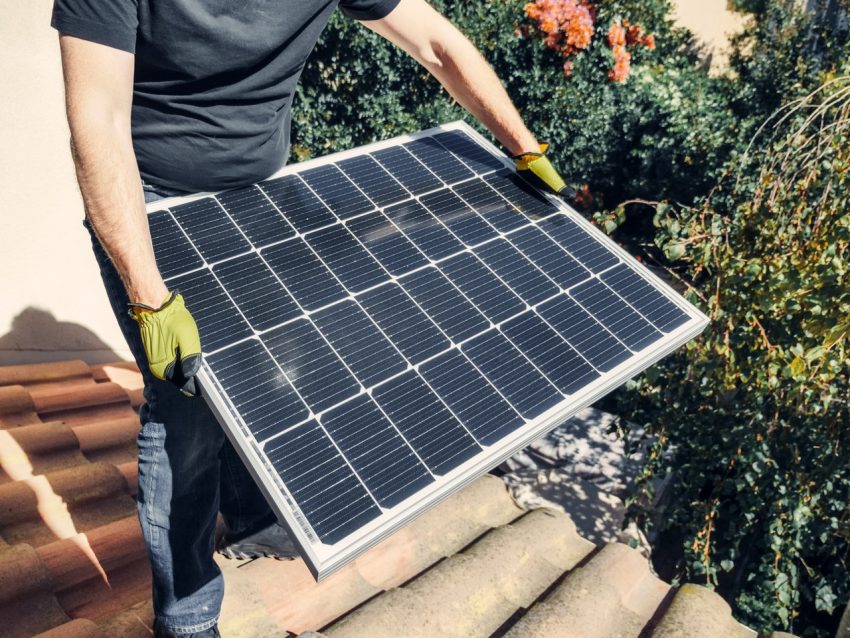Are You Getting the Most Out of Your Community Solar Gardens?

What Are the Benefits of a Community Solar Garden? Is it worth it? Read this article to learn more. In addition, we’ll explore the cost of a community solar garden subscription, the benefits of membership, and programs that help low-income households participate. Then, get started! You’ll be glad you did! Community solar gardens are a great way to create a sustainable future while lowering your power bill!
Costs of community solar garden subscriptions
The cost of community solar garden subscriptions varies widely. Some gardens charge based on solar electric production, while others charge on an escalation basis. While locking in a low rate can be advantageous, long-term contracts are risky. You may move or change your circumstances over the contract period. Hence, it is vital to research the costs and escalation rates before signing a contract. The longer your commitment, the higher the price will be.
Consumers should carefully examine the costs associated with community solar subscriptions. These fees can vary from thousands of dollars to a few hundred dollars per month. Many solar garden companies will claim to save consumers money, but it’s essential to evaluate such claims. Understanding the total costs of a community solar subscription is essential before claiming bill credits. The Attorney General’s Office recommends that consumers avoid subscriptions that promise to save them money.
Benefits of community solar gardens
Community solar gardens are an excellent way for people to become more energy independent and save a lot of money while at the same time boosting their curb appeal. A community solar garden is a ground-based system that uses a subscription fee to generate electricity. It can be costly to purchase a rooftop solar array, and the subscription fee is relatively low. Some community solar gardens acquire large rural lots or abandoned factory grounds and lease them to members. Subscribers may even use the rooftops for other purposes besides solar panels.
The cost of community solar can be a barrier to installation, but it is worth it in the long run. For example, in Colorado, community solar gardens are an excellent way to reduce electricity bills. Community solar gardens typically cost less than $2 per kilowatt-hour and are more affordable than conventional systems. In addition, many community solar gardens are free, which is another benefit. And the benefits of community solar gardens don’t end there! As a bonus, subscribers often receive a credit on their bill for their electricity usage.
Opportunities for low-income residents
Colorado has taken the lead in developing community solar gardens, passing the Community Solar Gardens Act in 2010. The law is one of the few in the country to permit CSGs, and its provisions are beneficial to lower and middle-income households. The act’s provisions, which include a carve-out of five percent of the power produced by CSGs for low-income subscribers, are a good start toward extending access to solar technologies to low-income residents.
While community solar programs typically provide a substantial subsidy to low-income households, they are often more effective when partnered with existing community support organizations. Co-ops and municipal utilities can help reduce the administrative burden for low-income subscribers. The CELICA Case Study describes how Colorado has implemented subsidized community solar programs and weatherization networks. The study also highlights some of the critical features of Colorado’s community solar program.
Programs available in Minnesota
The recent Xcel Energy Community Solar Gardens program has been a significant success, with the state’s legislature playing a pivotal role.
Community solar allows individuals to save money and support clean energy solutions while supporting local farmers. And unlike home solar panels, the solar community program doesn’t require a homeowner to install any solar panels. As a result, the solar community project does not require a homeowner to invest in solar panels or pay any installation costs.
While the programs are a great way to get involved in renewable energy projects, many homeowners are worried about the long-term costs of community solar gardens. Unfortunately, the current law only allows for a handful of such projects in the metro area, which has driven prices up considerably. Luckily, there are solutions for those concerned about the cost. The subscriptions will give the homeowners an upfront fee and a monthly energy credit to finance the Community solar gardens.



Leave a Reply